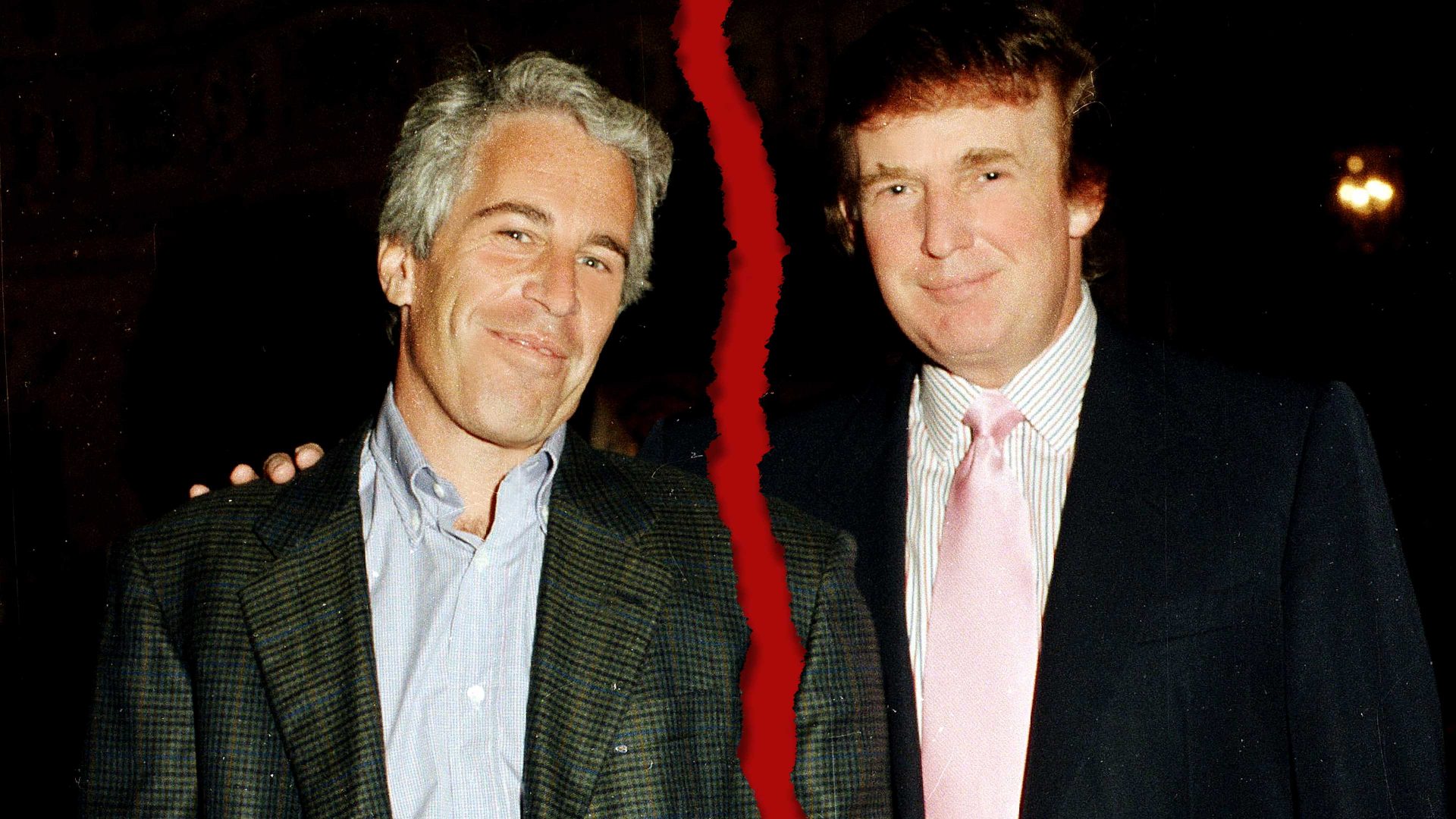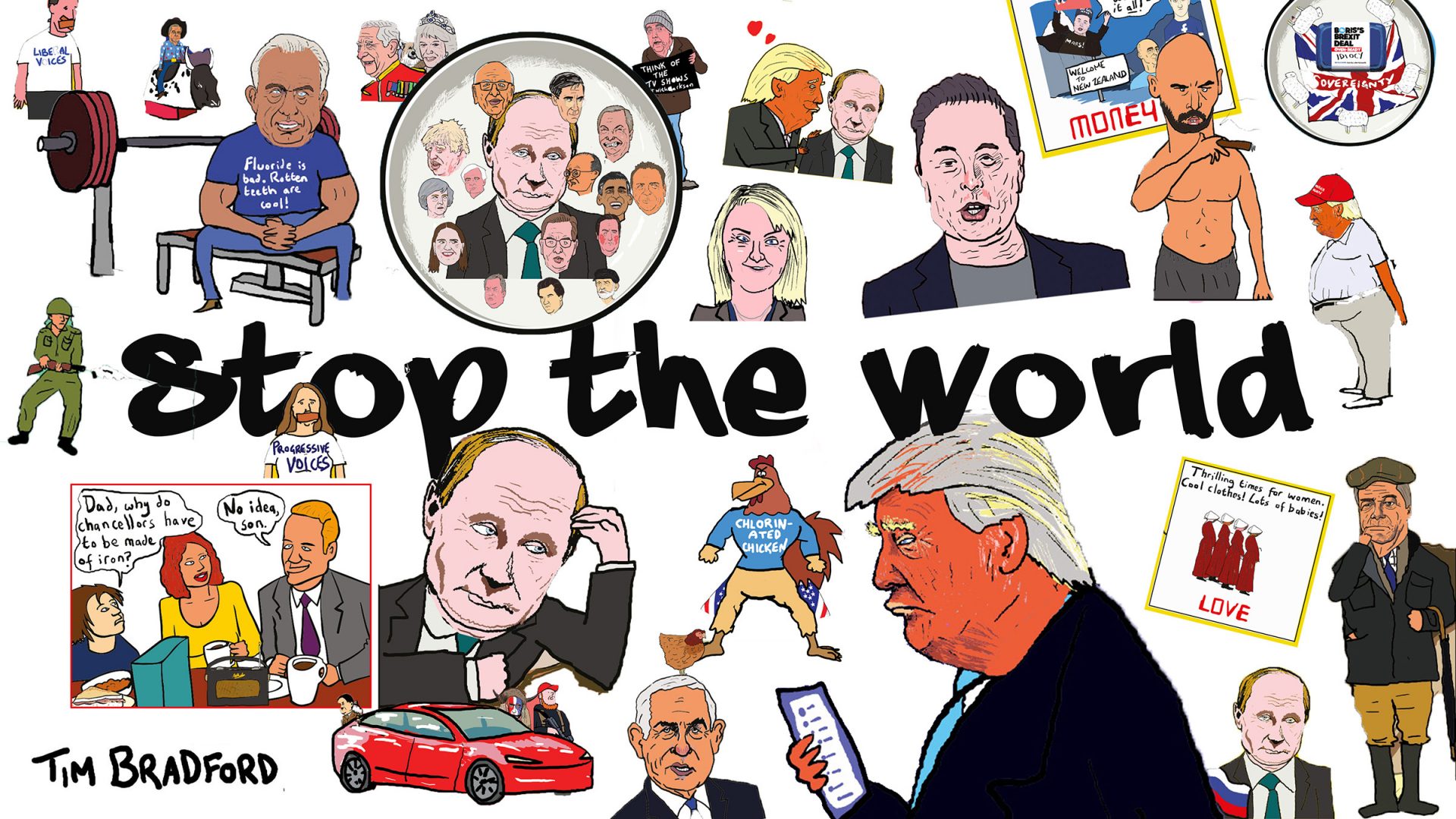Normally, 11.30pm on New Year’s Eve is about as off-duty as it’s possible to get. Certainly, at that time on December 31, 2014, as I attended a friend’s house party in Haringey, work was the last thing on my mind – until I got a truly bizarre text message from a longstanding and reliable associate.
“Look this up. Move fast,” it said. “Do not contact the court clerk.”
What followed was a sequence of numbers and a reference to a court in Florida, plus a promise I’d find the document extremely interesting. The source wouldn’t elaborate further other than to say I should waste no time at all, as the document might be sealed – restricted from public view on the order of a judge – at any moment. It might even have been filed at this inconvenient time to slow down efforts to keep it secret, they suggested, before leaving me to it.
Someone was clearly trying to pique my curiosity enough to make me work at the stroke of midnight on New Year’s. It worked. US court documents can be looked up via an online system known as PACER, and so while still at the party, I downloaded the filing I had been pointed towards.
And so it was that I spent the stroke of midnight in 2015 sitting under a kitchen counter reading the first court document to accuse Prince Andrew of sexually abusing a minor. The complainant in the case, who was anonymous at the time, later revealed herself as Virginia Giuffre. She died by suicide aged 41 earlier this year.
Andrew, who has consistently denied all wrongdoing, was named in that new lawsuit against the disgraced financier Jeffrey Epstein, as was the legendary US lawyer Alan Dershowitz (who similarly denies all wrongdoing). Two days later, working with my colleague Paul Lewis, we had managed to publish the contents of the court filings in the Guardian, sparking off renewed worldwide coverage of the scandal.
But we had encountered significant pushback: at first, Buckingham Palace, which at the time still handled media for Prince Andrew, refused to comment on the allegations, on the basis it would “never comment on an ongoing legal matter”. “Never” did not last for long: once the story was published, it said on Andrew’s behalf the claims were “categorically untrue”. Dershowitz went even further, threatening to countersue over the claims – which he eventually did (both parties eventually settled, with Giuffre saying she may have been mistaken when she identified Dershowitz as present).
That story was just one of many, spanning decades, in the efforts to expose the crimes of Jeffrey Epstein and his associates. Each one was met with frenetic pushback – legal and PR blitzes, and more – as rich men tried to protect their positions. There was a growing sense that a mass coverup was being attempted over Epstein, an allegation that was becoming hard to deny. The evidence is right there in plain sight.
But Donald Trump and his associates managed to go much further than that. Trump himself has been pictured with both Jeffrey Epstein and Epstein’s fixer Ghislaine Maxwell on many occasions. He has spoken of how Epstein liked his women “on the younger side”, and was described by Epstein as his “closest friend for ten years”. Trump had hosted parties for himself and Epstein, with young women.
If anyone was in the middle of that scandal, it was Donald Trump. But instead, the president somehow managed to portray himself as on the side of those seeking the truth over Epstein, who died in his cell in the Metropolitan Correctional Center in New York City in 2019. Trump promised he would, if he won re-election, “release the Epstein files”, including a “client list” his supporters widely believed would name and ruin leading Democrats.
Epstein was just part of a wider embrace of conspiracy movements that Trump made after his defeat in 2020. Trump told his supporters that a Democrat-led conspiracy, likely involving voting by illegal migrants, had stolen a second election win from him, and from them. He embraced Robert F Kennedy Jr’s dangerous and false anti-vaccine ideology. He promised to release the files on the death of John F Kennedy, and on US government contact with aliens.
That embrace of outright conspiracy theories both elevated Trump and exonerated him among his supporters. In a country where more than half of all people believe at least one major conspiracy theory, Trump’s apparent endorsement of their conspiratorial outlook won over non-voters to a politician who was finally speaking their language.
To them and to a wider group, his promise to release the “Epstein files” also served as proof that Trump himself could not have done anything wrong – why else would he be willing to reveal the truth to the public?
It all worked like a dream for the president – until suddenly, in the last few weeks, it didn’t. Having promised for months to release the Epstein documents, Trump’s attorney general Pam Bondi has now said the “client list” never existed. His FBI director Kash Patel, who promised to release files on Epstein once in office, now says Epstein’s death in prison was a simple suicide. Donald Trump himself is now demanding his supporters stop asking questions and simply move on.
Suggested Reading


Trump’s private army
So far, it isn’t working. Trump has unleashed something that he cannot control. For the first time, the president has faced a backlash on Truth Social – a social media site he personally owns and controls, and which contains only his supporters. He told the world that there was a deeper conspiracy at play, that it definitely existed, and that he would expose it. Now, in a series of increasing furious Truth Social posts, he has called the story a “scam”, “bullshit” and a “hoax”, said those pushing for the release of the files “weaklings” and said he doesn’t “want their support anymore”
He’s now saying there is nothing to see here. Trump is said to have personally called friends and influencers asking them to stop talking about Epstein. Some are following the new party line, such as the Republican lawmakers who have spent years saying the world must know “the truth” about Epstein but who are now voting against releasing any documents.
But this sudden reversal is so at odds with the deepest convictions of his support base that it is causing the conspiratorial fringes of MAGA to crack. Dan Bongino, the MAGA talk-show host turned deputy FBI director, reportedly failed to turn up to work for several days over the Epstein row.
On Thursday evening, amid a firestorm among his own base that will not go out, Trump suggested he would release “any and all pertinent Grand Jury testimony” relating to Epstein. That same evening, he was angrily denouncing a “FAKE letter” published by the Wall Street Journal – reportedly a 50th birthday message from Trump to Epstein, shaped like a naked woman, including the message “may every day be a wonderful secret”.
For years, Trump had allowed his supporters to believe there was a conspiracy involving Epstein and his political opponents, which Trump would reveal to them once he came into office. It is perhaps ironic that he is now facing a backlash from them for having to contend with the reality of the case. . Trump’s supporters had been told to expect some sort of bombshell document – a “client list” or prosecution file that explains everything. The reality of crimes like Epstein’s is always messier.
Nothing about bringing Epstein to justice was easy, or neat. Dark rumours followed him for decades until eventually, in 2008, he faced charges relating to the serial abuse of underage girls that were serious enough to result in life imprisonment.
Through a combination of legal manoeuvring and exploitation of his extensive political connections, Epstein negotiated a non-prosecution agreement, and he spent just 13 months in a work release programme, having pleaded guilty to a single charge. His lifestyle and relationships with ultra-rich and famous friends continued until he was arrested once again on near-identical charges in 2019. He was found dead in prison soon after.
In the decade or so between those cases, victims of Epstein and his associates slowly revealed details of his lifestyle, his crimes, and his contacts. But there was never a “smoking gun” piece of definitive evidence – these rarely exist in real life. Anyone who knows how to find Google can find Epstein’s contact book, which was published in court documents years ago. But it is just a contact book, names and numbers of people Epstein knew – some well, some merely distantly and professionally. It says little.
Similarly, Epstein’s flight logs have already been in the public record for many years. Witness and victim testimony is in there. And anyone with the ability to trawl Google Images can see just how well-connected Epstein was. He has been photographed with the Clintons, with Bill Gates, with Prince Andrew. Elon Musk, who claimed during a blazing online row with Trump that the latter was “named” in the Epstein files, was himself pictured with Ghislaine Maxwell.
Huge swathes of the Epstein story were revealed over the course of several decades, thanks to the time and courage of his victims, as well as the work of their legal teams and of prosecutors, and of journalists. It is pieced together from fragments.
It is clearly far from definitive. Almost everyone involved is ultra-rich, and has top-notch PR and legal teams. Separating out who was just a business associate, who may have been aware of Epstein’s actions but not personally involved, and who was fully implicated with him would be difficult under any circumstances. With Epstein dead, it is virtually impossible. No wonder the hope of some secret client list or file proved so important to those people wanting firm answers.
The likeliest explanation as to why Trump’s department of justice is now saying it won’t release the files is that they never existed – at least not in the sense that Trump, Bondi, Patel and others suggested they did. What does exist will be whatever criminal case files were being prepared for Epstein’s prosecution in 2019, though these will have been focused on securing convictions against Epstein himself, not unmasking a whole network. They would never have been the proof of the elite Democratic conspiracy that Trump’s base have come to expect. But there is no telling what hints might have been contained there – or what headaches releasing such investigative material, which is usually kept confidential for good reasons, might have caused.
There was never a single bombshell report to release. But that answer will make no sense to many people in the MAGA base. To them, the simpler explanation is that it does exist and that Trump has changed his mind on releasing it. Many of them are arriving at what is, to them at least, the only logical conclusion: Trump is not releasing the files because he is implicated in them, to an extent that goes beyond the photos and articles that are already in the public domain. The president’s increasingly shrill and desperate orders only add to their suspicions.
Conspiracy theories are powerful things. Trump harnessed the power of conspiratorial thinking, and it propelled him into the White House. But he may soon learn what it feels like to be the object of conspiratorial anger. When you are the one who is in power, who seems to be keeping the secrets, there is only so long you can string along the crowd without offering any answers.
Some people will be tempted to say that none of this matters very much. Trump is term limited and will not be seeking election again, unless he breaks or rewrites the constitution. But the very survival of America as we know it may ride on the question of whether the MAGA movement outlasts Donald Trump. Former supporters who are disillusioned by Trump’s reversal over Epstein might not suddenly switch to voting Democrat, but if they stay at home, that could decide the next election.
But amid all of this, the real tragedy of Epstein’s victims is easily lost. The conspiracy-land version of the Epstein tale is a thriller of the ages, an issue hyped into a mass online hunt, almost a game – and a political weapon to be deployed. The real story, whatever its precise contours, is one of serial abuse of young women, leaving many unable to rebuild their lives, and unable to see justice before Epstein’s death.
Those victims have had to fight for every piece of information that has made it to the public – as I experienced firsthand. Trump himself, whatever his personal involvement with Epstein, has used their suffering to further his political cause, and discarded them now that they are no longer of political use. For that alone, he deserves condemnation.




